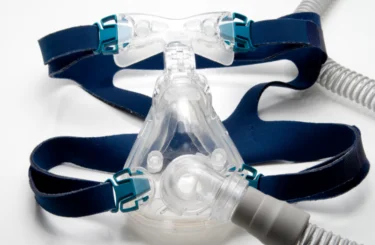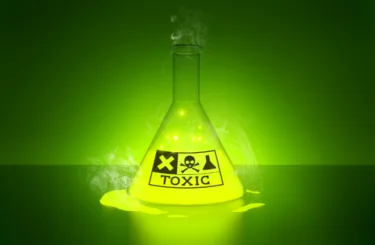
Proving Fault in Distracted Driving Cases
Distracted driving accidents happen in an instant, but claims resulting in compensation for those harmed by such negligent and reckless conduct do not. As in any car accident lawsuit, an injured person must prove to a judge or jury that the allegedly distracted driver was, in fact, doing something other than keeping his or her eyes on the road and that the resulting negligence caused the claimed injuries. Fortunately, the very nature of distracted driving often provides ample opportunity to establish fault.
Distracted Driving Is More Than Just Texting
The National Highway Traffic Safety Administration (NHTSA) defines distracted driving as “any activity that diverts attention from driving, including talking or texting on your phone, eating and drinking, talking to people in your vehicle, fiddling with the stereo, entertainment or navigation system – anything that takes your attention away from the task of safe driving.”
Distracted driving causes accidents, injuries, and deaths – a lot of them. According to NHTSA reports, an estimated 3,450 Americans died in distracted driving accidents in 2016. That same year, there were nearly 12,800 distracted driving accidents in Michigan alone, killing 43 people and injuring 5,100 more, according to the Michigan State Police (MSP) Criminal Justice Information Center.
Understandably, when people picture distracted driving, they think of a driver on a cell phone, specifically, a driver who is texting. No doubt, texting while driving is irresponsible, dangerous, and in Michigan and most other states, it’s illegal. But according to the MSP, cell phones were involved in only 15 percent of Michigan distracted driving accidents in 2016. That means that there are lots of other distractions which lead to accidents and injuries.
Evidence That a Driver Was Distracted
The evidence which can prove a driver was distracted, and thus potentially negligent, at the time of a crash can take many forms:
- You saw it. While you can’t see a drunk driver’s blood alcohol content or tell by looking how much or how little sleep a drowsy driver has had before getting behind the wheel, distracted driving almost always involves conduct which can be observed visually, in real time. If you observed the other driver looking down at his or her phone or munching on a cheeseburger right before the accident, you can and should tell that to the police officer arriving at the scene. He or she will put that in the police report, and if it is properly prepared, that report can be admitted as evidence in your car accident case, along with your own testimony at trial about the driver’s behavior.
- Others saw it. Similarly, if there were witnesses to the accident – passengers, other drivers, pedestrians – they may have seen what the driver was doing before the accident. Police can get their statements, and if you have obtained their names and contact information, you can subpoena those witnesses to testify at trial.
- Phone records. If the distraction at issue was texting or using the phone, records reflecting the exact time and nature of that phone use can be obtained from the driver’s cellular carrier or from the phone itself. If a driver sent or received a text at 2:36 pm and slammed into another car at that same time, that data can be powerful evidence that the defendant was looking at something other than the road.
Speak with a Michigan Car Accident Attorney Today to Discuss Your Distracted Driving Case
The experienced auto accident attorneys in Sommers Schwartz’s Personal Injury Litigation Group know what it takes to establish that a distracted driver was at fault for your injuries and losses. If you or a loved one has been hurt because of someone else’s negligence, we welcome the opportunity to help you. Please contact us to arrange for your free initial consultation.
Robert B. Sickels
For more than 30 years, Robert Sickels has successfully represented plaintiffs involved in complex personal injury, medical negligence, and products liability matters.





